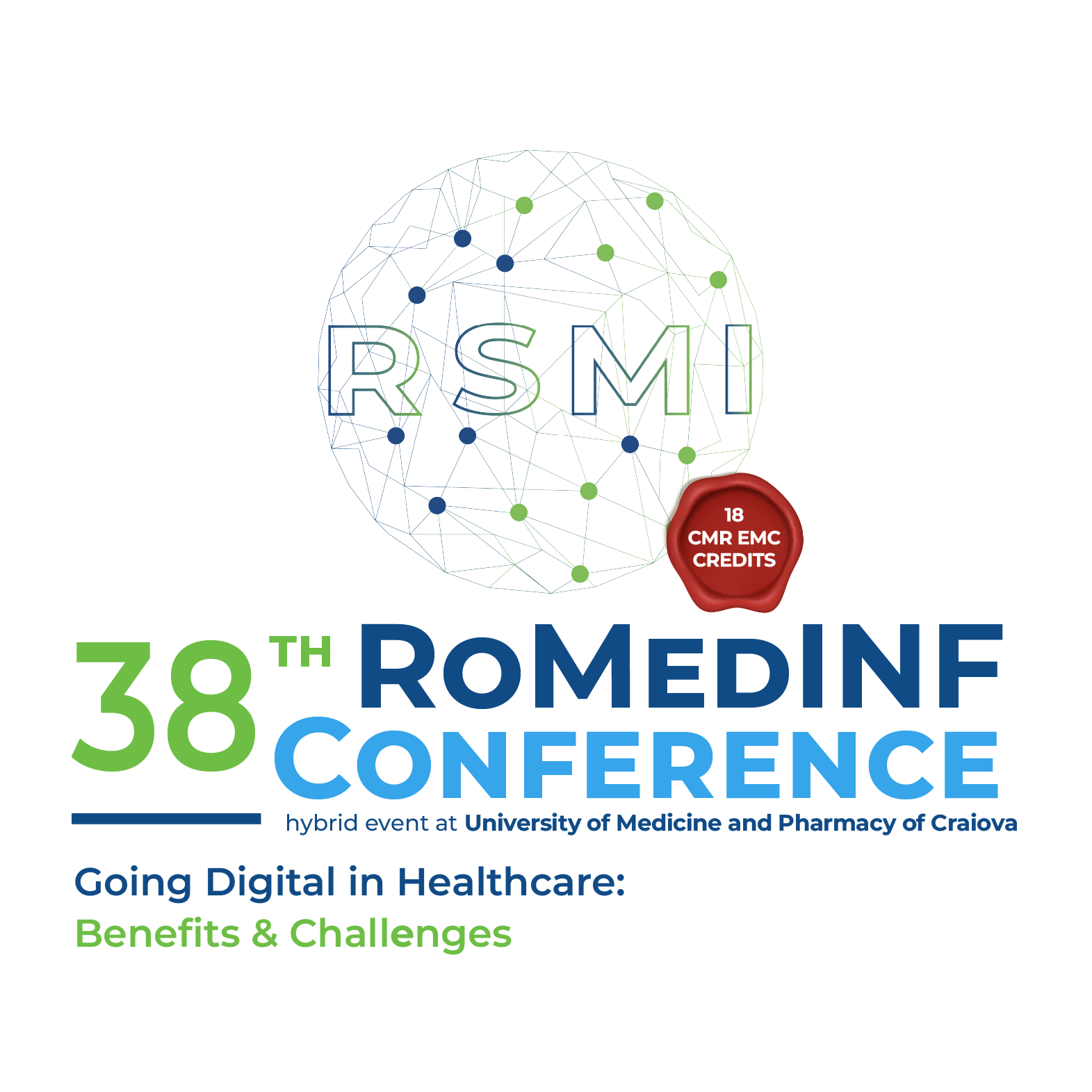Transcriptomic Analysis of Peripheral Blood Mononuclear Cells in Hyperuricemia and Gout
Keywords:
Transcriptomics, Gout, Hyperuricemia, InflammationAbstract
Background and Aim: Gout is one of the most common forms inflammatory arthritis characterized by deposits of monosodium urate crystals in joints, with an infiltration of neutrophils and macrophages. It is preceded by hyperuricemia, which despite being an asymptomatic condition is associated with multiple comorbidities. We performed a bulk Ribonucleic Acid (RNA) sequencing analysis of circulating blood mononuclear cells in volunteers with various level of serum urate and gout patients to identify the signature associated with the two conditions. Materials and Methods: Bulk RNA-sequencing from freshly isolated Peripheral Blood Mononuclear Cells was performed in 105 normouricemic controls, 21 hyperuricemic subjects and 71 gout patients, recruited at the Department of Rheumatology in Cluj-Napoca as part of the HINT study. The gout status was diagnosed based on the ACR/EULAR criteria and the threshold for hyperuricemia was set at 7 mg/dl serum urate. The Differential Expression analysis and quality control were performed with DESeq2(R). Sex and age were added as covariates in all comparisons. Results: The transcriptomic signature observed in hyperuricemia is similar to the one in gout with over 60% identical DEGs in both comparisons, which could be clustered into 2 main groups represented by the neutrophil activity and hemoglobin metabolism pathways. Further investigation identifies a positive correlation between Cluster 1 gene expression levels with neutrophil count and an inverse correlation between Cluster 2 genes with hemoglobin levels. A follow-up analysis that added these 2 variables as covariates shows close to no changes in Hyperuricemia and important inflammation pathways specific to Gout such as JAK/STAT signaling, Circadian Rhythm and NR4A receptors upregulation. Conclusions: This study identifies that granulopoiesis is the key factor that drives the inflammatory response observed in Hyperuricemia. Additional important pathways and genes were discovered in gout. We identified multiple similarities between this signature and those observed in other inflammatory and non-inflammatory diseases, suggesting a common response characteristic for chronic inflammation.
Downloads
Published
How to Cite
Issue
Section
License
Copyright (c) 2025 Valentin NICA, Medeea BADII, Orsolya GAAL, Georgiana CABĂU, Andreea-Manuela MIREA, Ioana HOTEA, Cristina PAMFIL, Simona REDNIC, Radu A. POPP, Yang LI, Tania O. CRIŞAN, Leo A.B. JOOSTEN

All papers published in Applied Medical Informatics are licensed under a Creative Commons Attribution (CC BY 4.0) International License.

